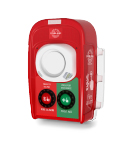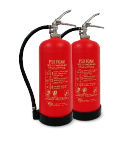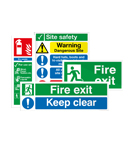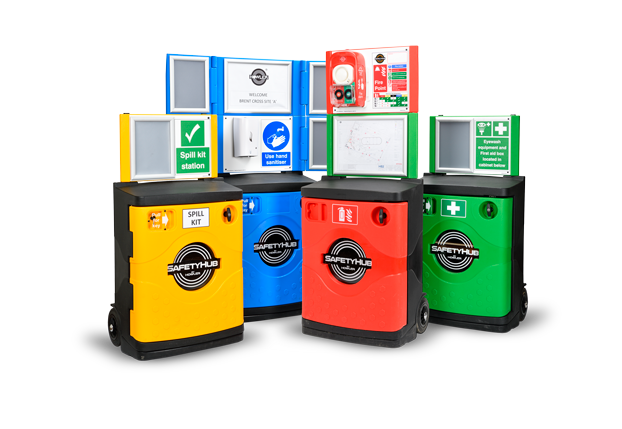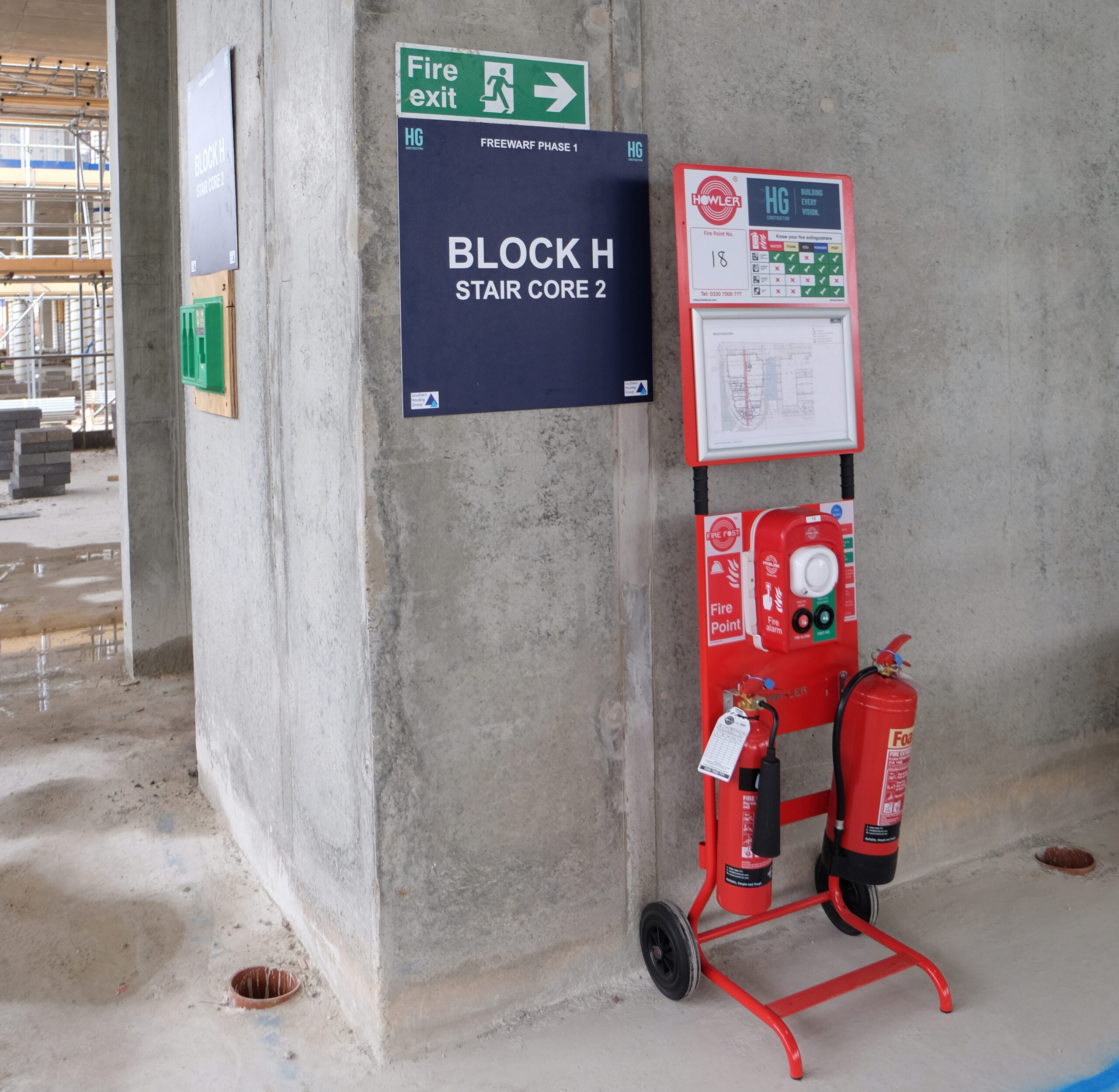In the wake of the tragic events at Grenfell Tower in 2017, concerns around fire safety in residential buildings have been at the forefront of discussions. The National Fire Chiefs Council (NFCC) issued guidance to address these concerns, particularly regarding the effectiveness of the ‘stay-put’ policy in the event of a fire. This aticle explores the NFCC guidance and the solutions available to property managers for ensuring fire safety in residential flats.
Understanding the Problem:
Thousands of residential blocks in the UK adhere to a ‘stay-put’ policy, where residents are advised to remain in their flats during a fire in another part of the building. However, the Grenfell Tower tragedy exposed the shortcomings of this policy, particularly when fire separation systems fail. The addition of combustible cladding exacerbated the rapid spread of fire, highlighting the need for alternative evacuation strategies.
Proposed Solutions:
The NFCC guidance outlines several recommended actions to address fire safety concerns in residential buildings:
- 1. Waking Watch: A short-term solution involving trained personnel patrolling the building 24/7 to alert residents in case of fire. While effective, the ongoing cost and temporary nature of this solution prompt the exploration of alternatives.
- 2. Alternative Immediate and Transition Period Interim Measures: This suggests the use of technological solutions to detect fires and raise alarms, bridging the gap between Waking Watch and a common fire alarm system. While innovative, the cost-effectiveness of such solutions may be limited, especially considering the eventual transition to a permanent system.
- 3. Common Fire Alarm System: Considered the safest and most effective solution, a common fire alarm system conforms to British Standard 5839 Part 1. This system ensures early detection of fires and provides residents with adequate warning for safe evacuation. The use of heat detectors and fire alarm sounders in every flat, along with consideration for disabled persons, enhances fire safety measures.
Long-term Solutions:
The ultimate goal, as per NFCC guidance, is to return to a ‘stay-put’ policy once building deficiencies are addressed. Long-term solutions involve remedial actions to make buildings safe for residents. The timeline for these actions depends on the extent of deficiencies and the availability of funds.
How Can We Help:
Our company specializes in the design, specification, and installation of wireless fire alarm systems tailored for large residential buildings. We offer efficient and effective solutions to facilitate the transition to simultaneous evacuation strategies, ensuring compliance with fire safety regulations.
In conclusion, transitioning to simultaneous evacuation strategies is essential for enhancing fire safety in residential buildings which have structural fire safety issues. By implementing NFCC guidance and utilising appropriate solutions, property managers can mitigate risks and safeguard residents against fire hazards.
